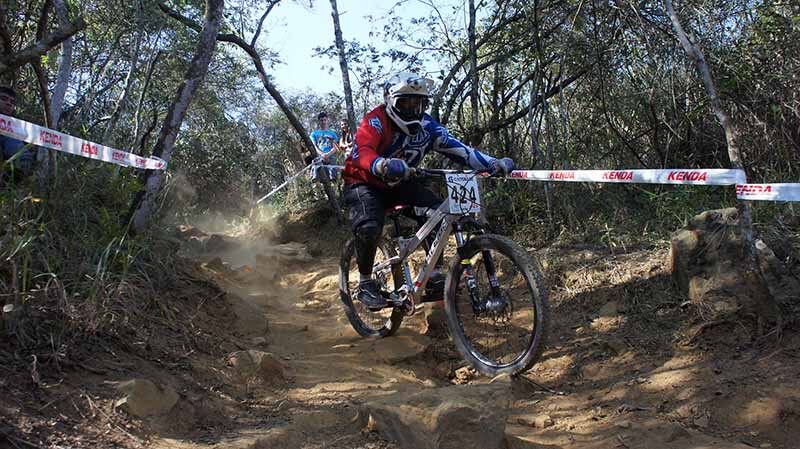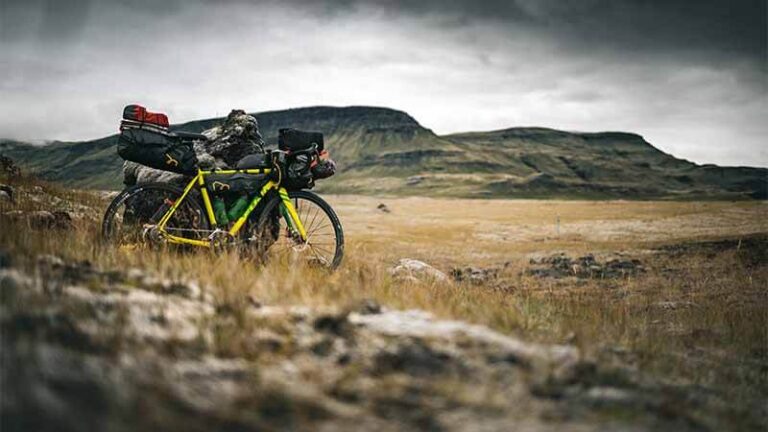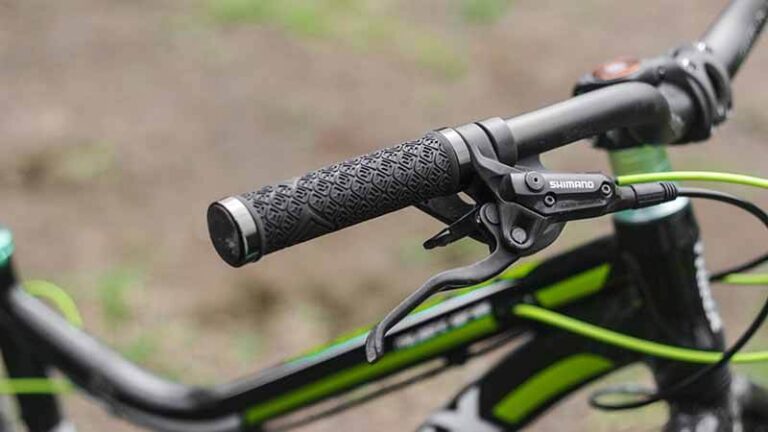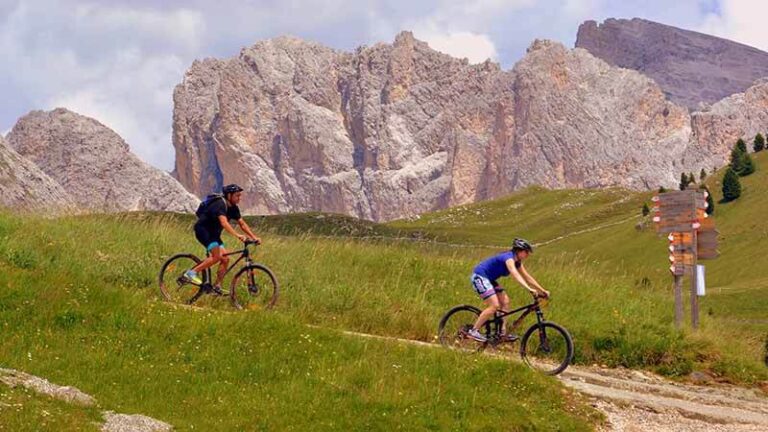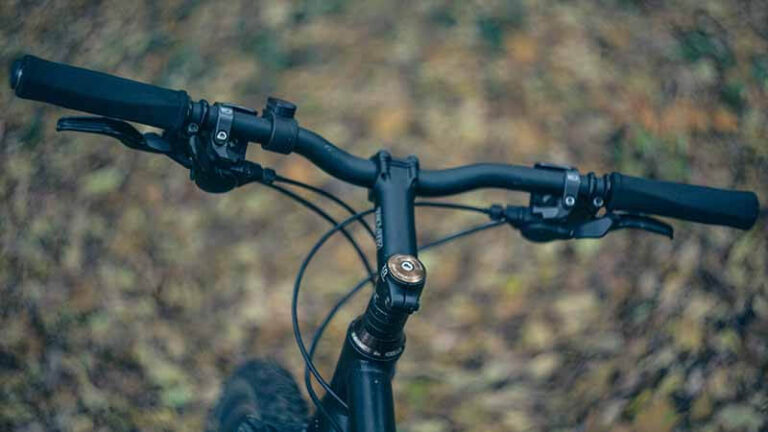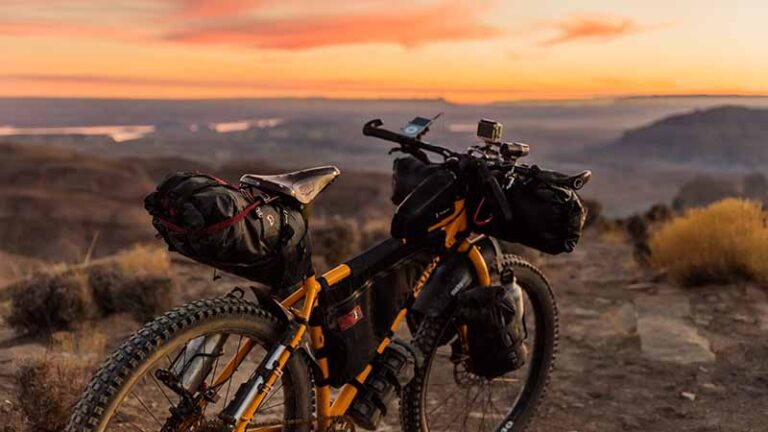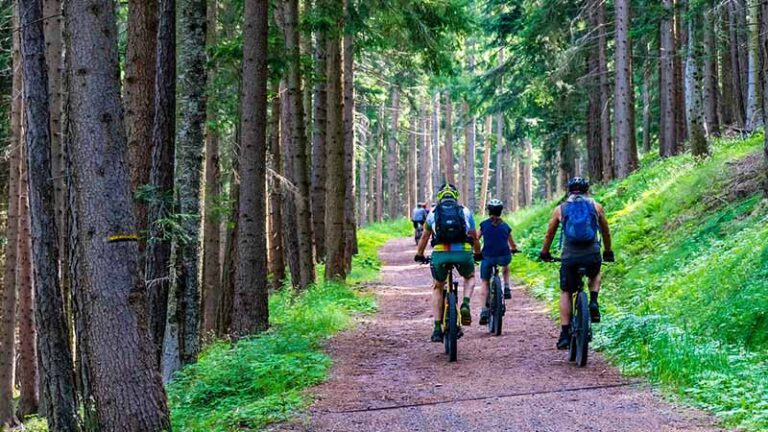What is Downhill Mountain Biking
Downhill Mountain biking is the activity for you if you want adrenaline-fueled, fast-paced outdoor activities. It entails riding a specially constructed bike down steep terrain, jumping over obstacles, and navigating difficult corners at high speeds. Downhill mountain biking is an exhilarating and thrilling activity, but it is not for the faint of heart. In this piece, we’ll look at what downhill mountain biking is, what equipment you’ll need, and what abilities you’ll need to thrive at it.
What is Downhill Mountain Biking?
Downhill mountain biking is a style of mountain biking in which riders ride their bikes down steep, rocky, and tricky terrain. Riders begin at the top of a hill or mountain and race to the bottom, attempting to complete the course in the shortest amount of time. The sport is frequently held on specifically created trails that include jumps, berms, and technical obstacles that put the rider’s skills to the test.
Downhill mountain biking differs from other mountain bikes disciplines such as cross-country or enduro in that it necessitates particular equipment and expertise. To cushion the impact of difficult terrain and retain control at high speeds, riders utilize full-suspension bikes with big, knobby tires and hydraulic brakes. To survive the wear and tear of the sport, the bikes are also heavier and sturdier than other forms of mountain bikes.
Equipment Needed for Downhill Mountain Biking
Downhill mountain biking necessitates the use of specific equipment to ensure safety and peak performance. The following are the essential elements of Downhill Mountain riding equipment;
1. Full Suspension Bike
The bike is the most important piece of equipment for downhill mountain biking. A full-suspension bike is built to cushion the impact of difficult terrain, giving you a smoother ride and more control. It has adjustable front and rear suspension systems to accommodate the rider’s weight and riding style.
2. Helmet
A good helmet is vital for preventing head injuries in the event of a fall or collision. The helmet should be certified by appropriate safety organizations and fit snugly on your head.
3. Gloves
Downhill mountain biking gloves give additional grip and protection for your hands, which is especially important when navigating difficult terrain and doing jumps.
4. Elbow and Knee Pads
When you fall, elbow and knee pads protect your joints from collisions and abrasions. They should fit tightly on your body and be constructed of strong plastic or foam.
5. Goggles
When riding at fast speeds, goggles protect your eyes from dust, grit, and debris, which can cause injuries and impair your eyesight.
Skills Required for Downhill Mountain Biking
To perform well, Downhill Mountain biking necessitates a combination of physical and mental abilities. Some of the necessary talents for success in this sport are as follows;
1. Bike Handling Skills
You must have good bike handling abilities to excel at downhill mountain biking. You must be able to ride your bike at fast speeds while maintaining control, navigating challenging terrain, and performing leaps and drops. To retain stability, you must also be able to balance your body and shift your weight effectively.
2. Physical Fitness
Mountain riding downhill is a physically hard sport that involves endurance, strength, and agility. You must be able to pedal upward to reach the trailhead, downhill at a quick pace, and absorb the shock of uneven terrain.
3. Mental Toughness
Downhill mountain riding can be scary, especially when handling difficult obstacles and steep terrain. You must be mentally tough in order to conquer your worries, stay focused, and make split-second decisions.
4. Risk Management
Downhill mountain biking is a dangerous sport with a significant risk of injury or death. You must be able to evaluate the hazards of each experiment and make educated decisions about whether to push yourself and when to rest.
5. Trail Awareness
Downhill mountain riding requires a strong sense of route awareness to excel. You must be able to read the terrain, anticipate obstacles and corners, and modify your pace and line as necessary.
6. Jumping Skills
Jumping is an important component of Downhill Mountain riding, and you must have strong jumping skills to compete. You must be able to propel yourself from jumps, keep your balance in the air, and land smoothly and safely.
7. Cornering Skills
Another important skill in downhill mountain biking is cornering. You must be able to navigate sharp corners at fast speeds, lean your bike correctly, and maintain momentum.
Tips for Getting Started in Downhill Mountain Biking
If you want to get into Downhill Mountain biking, here are some pointers to get you started;
1. Start Small
Begin with easy paths and progressively progress to more difficult terrain. To minimize injuries and develop a strong foundation, it is critical to progressively improve your abilities and confidence.
2. Invest in Quality Equipment
Downhill mountain biking necessitates specialist equipment, and it is critical to invest in high-quality equipment to assure your safety and performance.
3. Find a Mentor
Choose a mentor or coach who can lead you through the sport and assist you to improve your talents if at all possible. They can provide comments on your technique, teach you new abilities, and help you advance more quickly.
4. Practice Regularly
To excel at Downhill Mountain biking, you must practice on a regular basis. Make time each week to ride and practice your skills. It is critical to developing muscle memory and technique in order to increase your performance.
5. Join a Community
Joining a downhill mountain biking community can help you acquire new skills, locate riding partners, and participate in competitions and events. Local organizations can be found on social media or through local bike stores.
Conclusion
Downhill mountain biking is an extreme sport that needs specialized gear, skills, and mental fortitude. It’s an exciting and exhilarating activity that provides a one-of-a-kind challenge for outdoor aficionados. If you want to start downhill mountain biking, get high-quality equipment, find a mentor, and practice often. With dedication and hard practice, you may become a great downhill mountain biker and experience the excitement of riding down steep and challenging terrain.
Read More;

